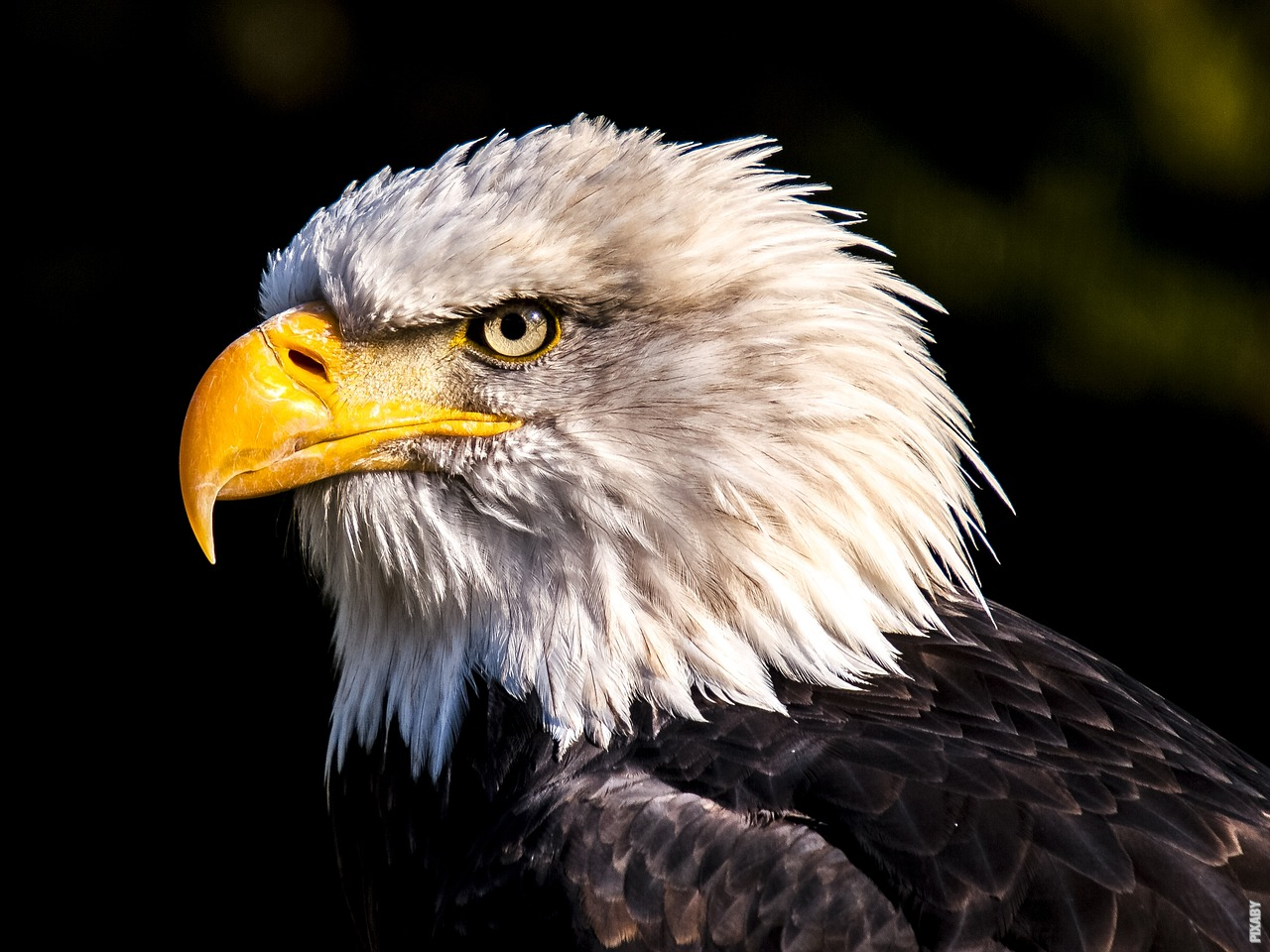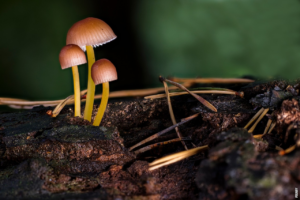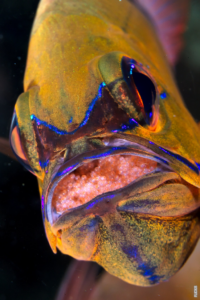The Remarkable Composition of Bird Feathers
Bird feathers are truly exceptional structures that serve multiple functions, including flight, insulation, and display. The intricate composition of feathers provides birds with the necessary tools for survival and success in their diverse habitats.
The Anatomy of a Feather
Feathers consist of a central shaft called the rachis, which extends from the base to the tip of the feather. Branching off the rachis are numerous barbs, which in turn have even smaller branches known as barbules. These barbules interlock, forming a tightly-knit surface that allows feathers to maintain their shape and function.
Keratin: The Building Block of Feathers
The main component of bird feathers is a protein called keratin. Keratin is also found in human hair and nails, providing strength and flexibility. However, in birds, keratin takes on a whole new level of complexity, allowing for the incredible variety of feather shapes, colors, and functions.
The Colorful World of Pigments
Feathers come in an astonishing array of colors, from the vibrant blues of a peacock’s train to the earthy browns of a sparrow’s wings. The colors of feathers are produced by pigments, which can be either intrinsic or extrinsic. Intrinsic pigments are synthesized within the bird’s body, while extrinsic pigments are obtained from the bird’s diet. These pigments, combined with the structure of the feather, give rise to the mesmerizing plumage seen in birds around the world.
The Role of Feathers in Flight
Flight feathers, found on the wings and tail, are essential for birds’ ability to take to the skies. These feathers have a sturdy and asymmetrical shape, enabling birds to generate lift and maneuver through the air with precision. The intricate arrangement of barbules on flight feathers helps to reduce air resistance, allowing birds to achieve incredible speeds and agility.
Post
Post
Feathers as Insulators
Feathers also play a crucial role in thermoregulation, helping birds maintain a stable body temperature. Contour feathers, which cover the bird’s body, trap air close to the skin, providing insulation against both cold and heat. Birds can fluff up their feathers to create an additional layer of air, enhancing their insulation properties.
Beyond Flight and Insulation: Feathers for Display
Feathers are not only functional but also serve as elaborate displays in courtship rituals and territorial defense. Male birds often have strikingly colorful plumage, which they use to attract mates and establish dominance. These ornamental feathers are meticulously maintained through preening, a behavior in which birds clean and arrange their feathers to keep them in pristine condition.
The Continuous Renewal of Feathers
Feathers, like human hair, undergo a process of continuous growth and replacement. This molting process ensures that birds always have a fresh set of feathers to maintain their insulating and flight abilities. Molting patterns vary among different bird species, with some undergoing a complete molt once a year, while others have more frequent partial molts.
From the awe-inspiring flight of a soaring eagle to the vibrant plumage of a tropical parrot, feathers are a marvel of nature’s ingenuity. The composition of feathers, with their intricate structure and diverse colors, showcases the remarkable adaptations that birds have evolved over millions of years. These evolutionary wonders continue to captivate and inspire both scientists and bird enthusiasts alike.



